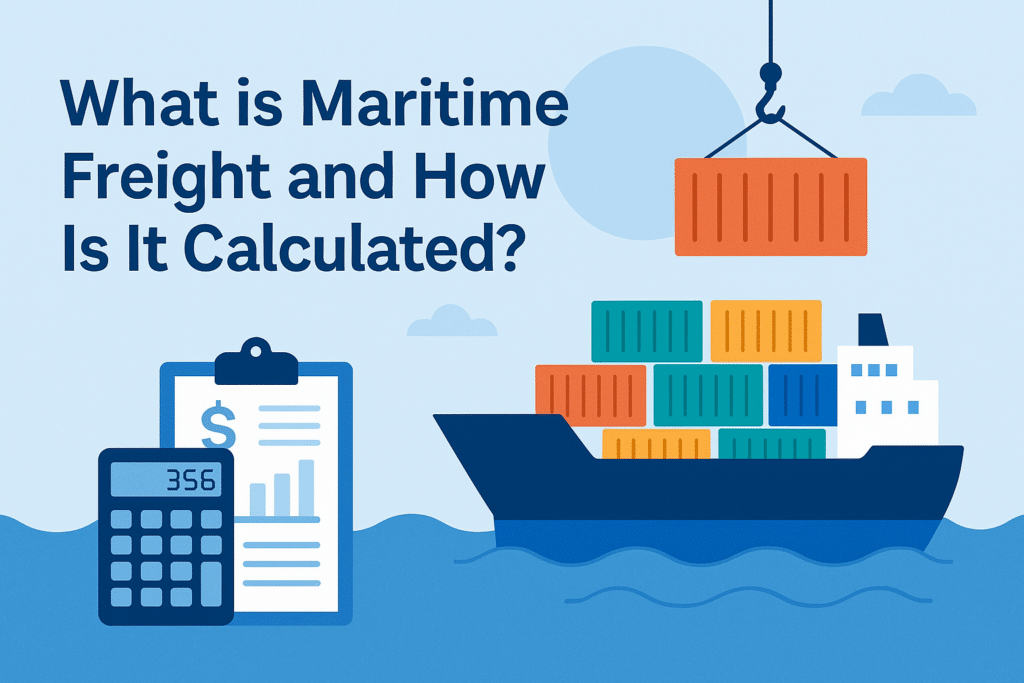Maritime freight refers to the cost of transporting goods via sea from a port of origin to a port of destination. It is a crucial element in international trade and is usually agreed upon between the shipper and the shipping line or freight forwarder. This cost has a significant impact on the final pricing of the product.
Beyond just the physical shipment, maritime freight can include complementary services such as cargo handling, temporary storage, insurance, and documentation processing. It is a comprehensive logistical component that influences cost structure and timing.
How is maritime freight calculated?
Maritime freight rates are determined by multiple variables, including:
- Type of cargo: General cargo, bulk, containerized (FCL/LCL), hazardous, reefer, etc. Each type requires specific handling, which may increase costs.
- Weight and volume: Charges are usually based on weight or volume (W/M), depending on which is greater. A light but voluminous cargo may incur more cost than a heavy but compact shipment.
- Distance and route: Longer and indirect routes tend to cost more. The number of transshipments or port stops can also affect the rate.
- Type of service: Port-to-port, door-to-door, consolidated shipments, etc. Door-to-door services involve added land transportation and coordination.
- Seasonality and demand: Peak seasons or congested ports often lead to higher rates. Timeframes such as end of fiscal quarters or pre-holiday periods typically see rate increases.
- Surcharges and additional fees: These may include fuel surcharges (BAF), security fees (ISPS), currency adjustments, congestion fees, equipment surcharges (for special containers), among others.
- Incoterms impact: Depending on the chosen incoterm (e.g., FOB, CIF, EXW), the party responsible for freight and related costs varies.
Basic calculation example:
Let’s say a company wants to ship 10 pallets from Buenos Aires to Rotterdam, weighing 5,000 kg with a volume of 12 m³. If the rate is USD 100 per ton or m³ (whichever is greater):
- Weight vs volume: 5,000 kg (5 tons) vs 12 m³ → charged by volume
- Base freight = 12 x 100 = USD 1,200
Additional charges may include:
- Fuel surcharge: USD 100
- Documentation: USD 75
- Customs clearance: USD 120
- Approximate total = USD 1,495
Conclusion
Understanding how maritime freight is calculated helps businesses better manage their logistics planning and budget forecasting. It allows for better supplier negotiations, cost optimization, and informed decision-making in global trade operations.
Looking for a maritime freight quote?
Get in touch today and our team will help you find the best logistics solution for your cargo.


